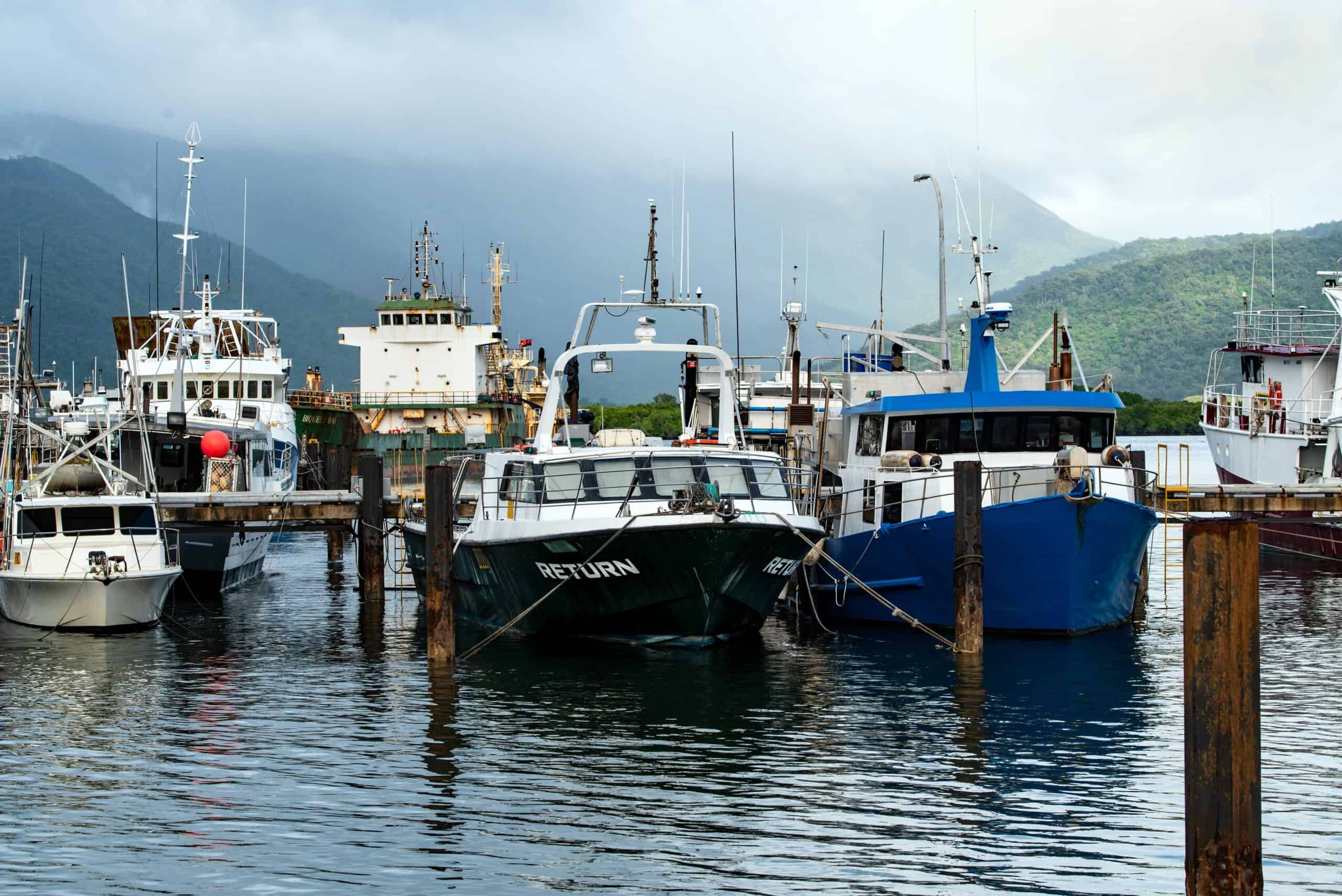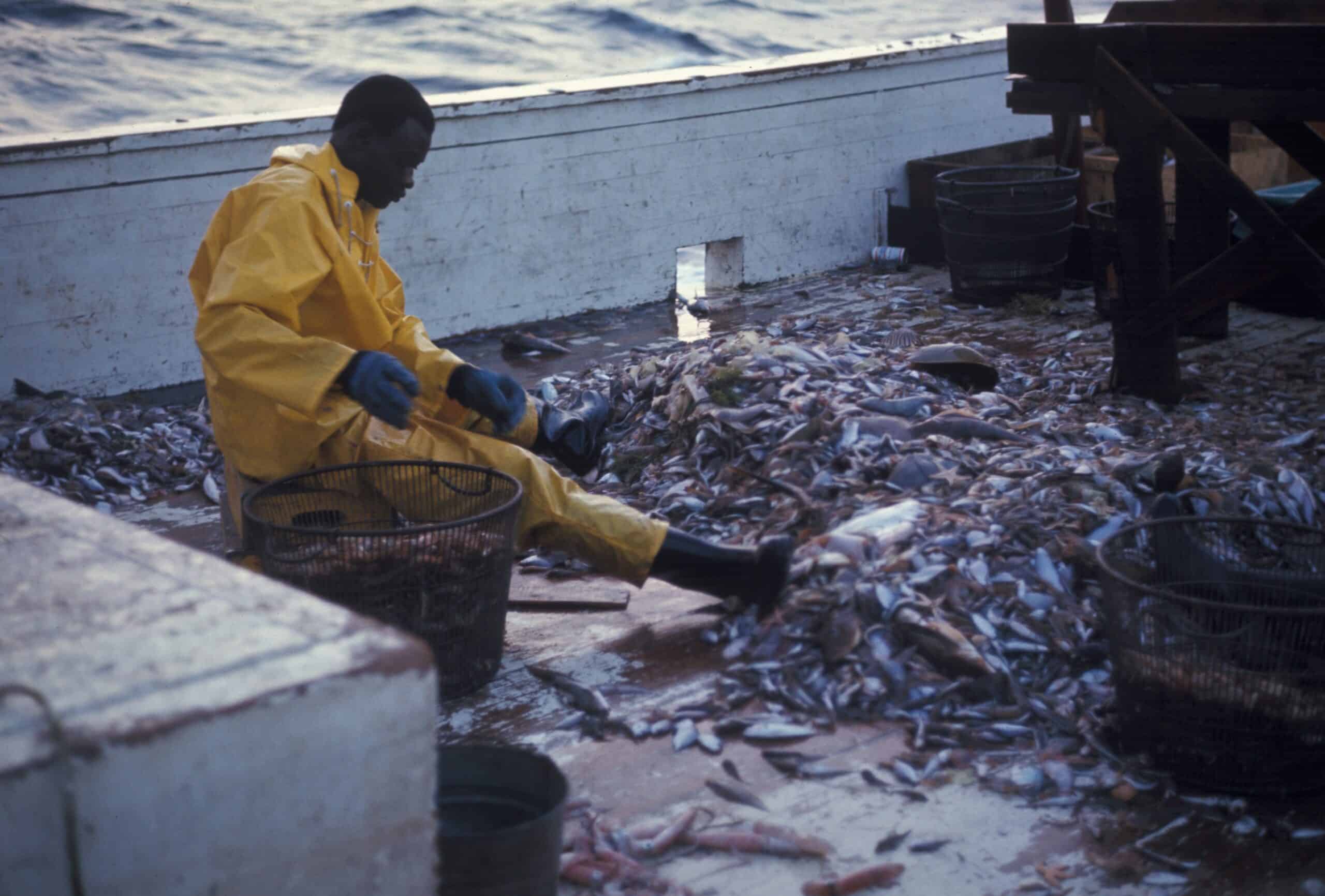A simple dinner appetizer like a prawn cocktail wouldn’t usually set off ethical alarm bells.
Yet, from what we are starting to learn about the prawn and seafood industry – our desire for these foods might be a bad habit after all.
According to numerous studies, we can confirm that it can be cruel to eat prawns. Aside from the environmental impact that prawn trawling has had on marine life, the consumer demand has led to an increase in human exposure to chemicals and antibiotics because of what prawn farms use to kill bacteria and parasites.
While prawns and other types of seafood such as oysters, scallops, and shrimp might be considered delicacies, many argue that the result is not worth the novelty.
We’re going to share a bit more about the cruelty of eating prawns and the other ways it can be damaging.
Cruelty on a Small Scale
While not much is known about sea creatures and how they live despite our hardest efforts. The information out there must be recognized and respected. The animals people consume are sentient and feel pain.
According to British Biologist Professor Robert Elwood, an experiment conducted on 144 live prawns showed that when they were exposed to a painful element, they reacted with distress by rubbing and grooming themselves for an extended period.
This kind of reaction is consistent with feeling pain. Unfortunately due to a prawn’s limited nervous system, many people still question whether this is entirely true.
However, even in the early stages of this study, we can still learn a lot about prawns and how they suffer from physical distress.
It also shows us that farming prawns by the bucket load and selling them for consumption is damaging to them and they suffer silently.
A Larger Scale
If we put aside the smaller scale ethical issues around prawn consumptions and look at the prawn industry as a whole – there is a much larger ripple effect to consider.
When fishers trawl the seabed for prawns, they inevitably catch many other types and sea creatures.
Although many people would like to throw them back into the sea, the process of catching prawns takes hours, and during that time, whatever else is caught is usually injured and killed. The large nets often victimize sea animals, including:
This has a devastating impact on marine wildlife populations. It has even been confirmed more than 80 percent of dolphin deaths in the Indian Ocean were caused by commercial fishing. And up to 300,000 porpoises, small whales, and other sea creatures are entangled and killed in the different nets that are set up to catch these small crustaceans each year.
That takes a huge toll on the ecosystem – enough to raise cause for concern. Large-scale cruelty is a major problem, perhaps even more concerning than the potential pain a prawn feels.
Does Eating Prawns Cause Any Health Risks?
A small, delicate set of prawns dotted in your bowl of rice may not seem dangerous. After all, how many people eat them regularly?
However, you might reconsider your choice once you learn the process that brings prawns to your dinner table and what these prawns rely on for their food source.
As previously stated, many prawn farms use antibiotics to keep prawns and other seafood clean from parasites and bacteria. And while that is legal, these antibiotics end up causing allergic reactions among unsuspecting prawn lovers.
Many imported prawns have banned antibiotics that can potentially cause cancer.
Not only that, but prawns are dirty, as are the ships and factories they go through before reaching you. While prawns are cleaned before being transported, they still end up inevitably carrying an entire bevy of damaging contaminants, such as:
That increases the chances of getting Salmonella or E.coli. Do not forget that because of the trash dumped into our oceans each year, most prawns that are fished do not offer the nutritional value they should.
And the fact that prawns eat the skin of dead animals and parasites won’t make for a flavorful staple in your meal.
The Case of Slave Labor
A six-month investigation by the Associated Press into forced labor in the seafood industry showed that many workers were held against their will on Asian fishing boats and were forced to trawl prawns.
They were subjected to physical and mental abuse and forced to work for years before being allowed to come on land.
As alarming as this report is, what is even worse is that this report was published six years ago. And still, the seafood market, in particular, prawn suppliers, continues to flourish.
Despite economic instability, the global prawn market is set to reach about 7.28 million tons, which is estimated to happen by 2025.
What Can Be Done to Prevent Cruelty to Prawns?
So far, organizations such as the Food and Agriculture Organization of the United Nations have presented guides to help bycatch reduction in prawn trawl fisheries. But that plan is not good enough.
Non-profit organizations, such as Leaping Bunny, have come out with cruelty-free lines of beauty products that educate people on the circumstances many animals live in.
But that is not all. PETA's program, "Global Beauty without Bunnies," Australia's "Choose Cruelty-Free," and much more work round the clock to spread the word.
All the while, organizations such as Animals Australia and PETA are investigating and exposing the prawn farming industry for unethical, illegal, disgusting, and in some cases, horrifying acts.
Individually, these non-profits encourage people to spread the message and educate the masses on sustainable food practices.
For those who enjoy seafood, they encourage people toward sustainable sources that provide wild-caught fish and seafood. They prompt people to dig deep into their favorite brands and discover:
Boycotting
Some people argue that the best way to end this cruelty to sea creatures and crustaceans is by boycotting the food.
They believe that by doing so, it would impact the industry and lead to reforms, whether those be cleaner and cruelty-free methods or a change in diet altogether.
However, many understand the importance of the seafood industry. After all, according to an NOAA report, the seafood industry supports 1.7 million jobs in the United States.
If people were to boycott the industry as a group, this might spell disaster for the people relying on it to put food on the table.
The market is even bigger in some areas overseas, such as China, meaning it is a problem that could affect the world if not handled properly.
Conclusion
It is cruel to eat prawns. Whether you are considering the pain to the prawns themselves or the impacts on a larger scale, eating prawns is cruel, perhaps even unhealthy.
So, before you eat prawns, ask yourself where they came from and whether it is worth the price.


